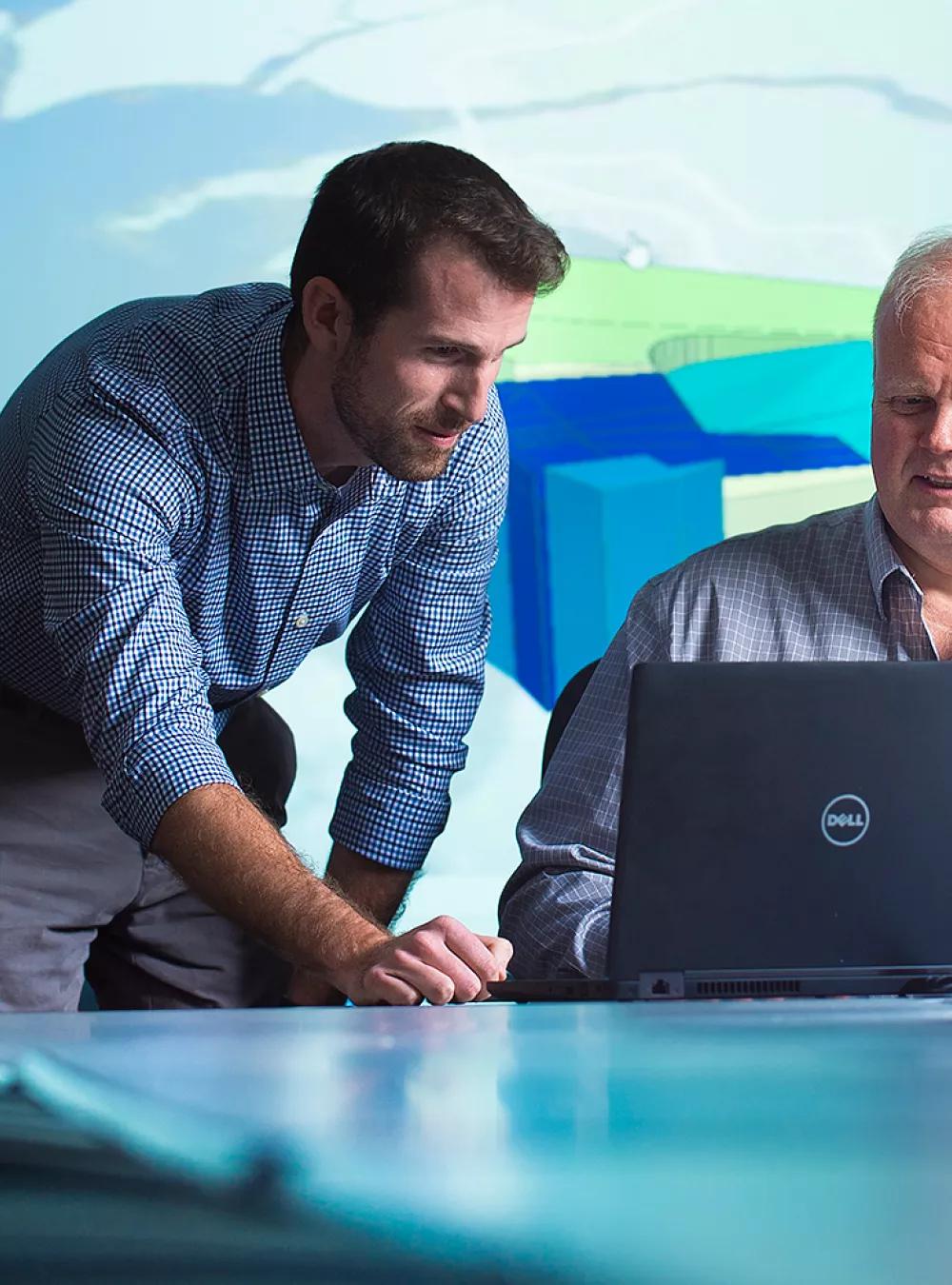Land can be hard to come by in the prosperous island state of Singapore. MITRE is helping Singapore's Civil Aviation Authority decide if it can release land near Changi Airport for development without compromising the safety of air operations.

In Singapore, a New Way of Analyzing Land Use Around Airports
Airports place development restrictions on surrounding land. That's not surprising—they need obstacle-free airspace for safety. But this creates a natural tension between airspace protection and economic expansion. Add in the land limitations of an island-based country, such as Singapore, and competition for usable land becomes significant.
Singapore is a global commerce, finance, and transport hub with a state-of-the-art airport, Changi, that serves as an aviation center for Southeast Asia. The country's territory consists of one main island and 62 islets. Land reclamation efforts have increased Singapore's area by more than 20 percent since it achieved independence in the 1960s, but acreage to build on remains a scarce resource.
There are frequent requests from land use agencies for restrictions near the airports to be relaxed. The Civil Aviation Authority of Singapore (CAAS), in considering these requests, will ensure that safe operations are not compromised.
An Imaginary Surface with Real Consequences
CAAS safeguards airspace near Changi by applying Obstacle Limitation Surfaces (OLS). OLS are imaginary surfaces that emanate from an airport. They define the volume of airspace that must be kept free from obstacles to allow for the safe operation of aircraft.
OLS standards have existed fundamentally unchanged at airports around the world for decades. But aircraft performance, navigation systems, and flight procedure capabilities continually evolve, which allows for much more precise arrival and departure paths. Flight tracking capabilities also continue to advance. The evolution of all these capabilities creates new data that researchers can analyze to refine requirements for protecting airspace.
CAAS is willing to evaluate the OLS at Changi and consider adjusting them without compromising safety of air operations. This is where MITRE can help.
The Right Data Helps Set the Boundaries
CAAS sponsors MITRE's first research and development center outside of the United States—MITRE Asia Pacific Singapore (MAPS). Via this partnership, we're conducting a study to help CAAS determine if the current OLS can be modified.
"First, we'll evaluate every aspect of every surface being considered," says Neal Westlund, MITRE's airport design and analysis group leader. "Then we'll tell them which ones have the potential to be relaxed and how much they could be relaxed. If CAAS decides its OLS can be modified, then our study will also help them choose the safest and most effective modification strategy."
During the study, MITRE developed an analytical framework that presents the performance parameters, safety factors, and logical arguments fundamental to the purpose of an OLS. The framework identifies what data to gather and which metrics to analyze.
A New Framework with World-Wide Relevance
Our OLS Assessment Framework offers a systematic, data-based approach to characterizing and updating current boundaries. Theoretically, it could be used at any airport in the world.
"Many companies perform analyses of OLS," Westlund says. "But we're developing a new method that simplifies the comparison of obstacle surfaces to assess the feasibility of modernizing them. We're taking this beyond just aviation expertise and adding modern technology capabilities in data-driven analyses using GIS [Geographic Information Systems]. Our GIS expertise has allowed us to develop an enhanced, three-dimensional analysis methodology, with three-dimensional visualizations."
The International Civil Aviation Organization (ICAO), a specialized agency of the United Nations that oversees international air travel, has called for a review of existing guidelines regarding OLS. Westlund hopes the framework will be useful in these efforts at other airports.
As an operator of federally funded research and development centers, our sponsors and customers provide us with trusted access to needed data. "ICAO doesn't have access to the data to support the type of research we're doing," Westlund says. "But data-driven analysis for aviation is MITRE's thing. We focus on ways to take advantage of new technology while keeping safety the number-one priority."
—by Kathy Chamlee